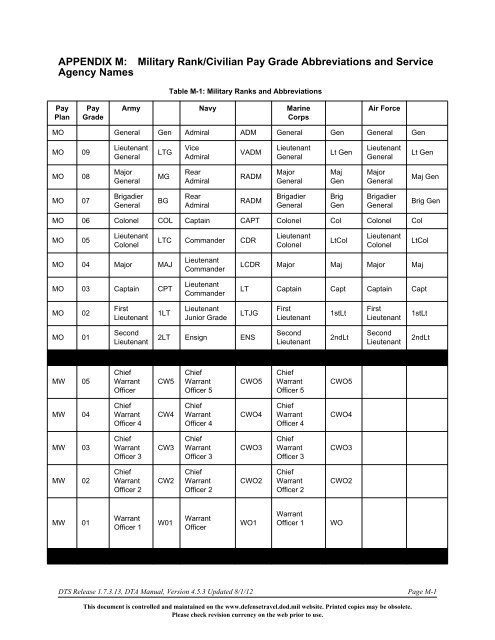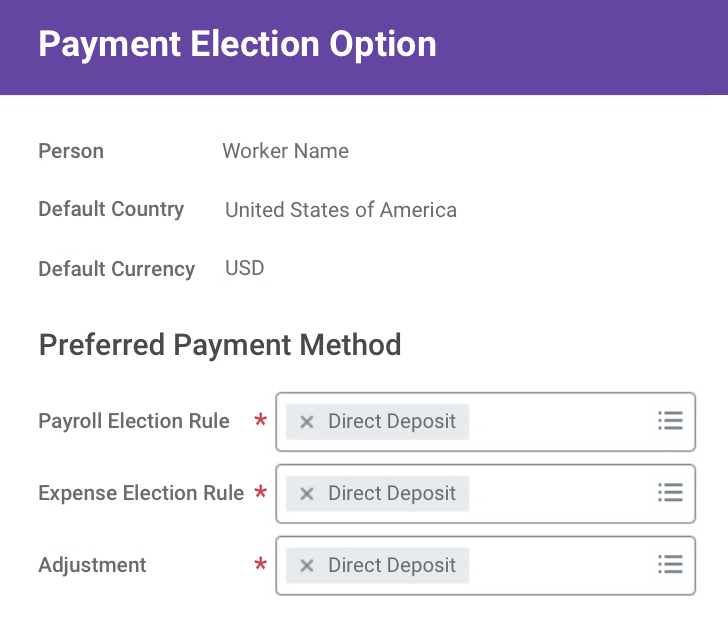How Do You Abbreviate Payment: Quick Guide & Tips
Ever found yourself staring at a long word, wishing it could be shorter? Payment is one of those words.
Whether you’re jotting down notes, sending a quick text, or managing your finances, abbreviating can save you time and effort. But how do you abbreviate payment without losing its meaning? Understanding the right abbreviation not only streamlines your communication but also ensures clarity in your transactions.
Stick around, and you’ll discover the most common ways to abbreviate payment, making your life a little simpler and more efficient. Dive in, and let’s uncover the secrets together.

Common Payment Abbreviations
Payment abbreviations are short forms. They make writing easy. Many people use them daily. They are simple to learn. Here are some standard abbreviations. “Pmt” stands for payment. “Amt” means amount. “Inv” is invoice. “Bal” is balance. “Trans” is transaction. People use these everywhere. They save time. They help in quick understanding. Many offices use them. They are common in emails. They are also used in notes.
Different industries use unique shortcuts. In banking, “ACH” means Automated Clearing House. In retail, “POS” stands for Point of Sale. The medical field uses “EOB” for Explanation of Benefits. Each field has its own terms. These terms make communication easy. They help in fast processing. They are important to learn. They make work simpler. They are used in reports and documents.

Using Payment Abbreviations In Business
Financial documents often use short forms for payment terms. This saves space and time. Common abbreviations include “Pmt” for payment and “Amt” for amount. Businesses use these terms in reports and statements. Everyone in a company should understand these terms. It helps in sharing financial information quickly. Using abbreviations can make documents look neat and professional. Yet, it’s important to explain them to new team members.
Invoices and receipts also feature payment abbreviations. They help in listing items and services. “Bal” stands for balance due. “Dep” is short for deposit. Such terms keep invoices short and clear. Customers find it easier to read and understand. This helps in avoiding mistakes in payments. Clear communication is key in business transactions.
Contracts and agreements need clear terms. Abbreviations help in making them precise. “Pmt Sch” means payment schedule. It shows when payments are due. Such terms help both parties understand the deal. It reduces confusion and disputes. Always define abbreviations in the document. This ensures everyone knows what they mean.
Advantages Of Abbreviating Payment
Abbreviating payment saves time. You write less but say the same. Messages become clear and quick. Everyone understands faster. No one needs to read long texts. Short texts are easier. They help in fast decision-making. People stay focused. They do not get lost in words. It is easier for all age groups. Even kids can understand better. Efficiency in words leads to better talks.
Abbreviations help in saving space. Documents look neat and tidy. Less paper is used. This helps the environment. Papers become less bulky. People carry fewer papers. Filing is easier. Less space means less clutter. Offices look clean and organized. Everyone can find things faster. Clarity increases with less information. It makes work easier for everyone.

Potential Pitfalls
Misinterpretation Risks can cause confusion. People might not understand the abbreviation. It could lead to mistakes in payments. Some abbreviations are hard to read. They can look like other words. This creates a risk of wrong payment amounts. Abbreviations might miss important details. People need clear information to pay correctly.
Contextual Misunderstandings happen when abbreviations change meaning. Different cultures use different terms. An abbreviation might mean one thing in one place. But it could mean something else elsewhere. This causes problems. Payment details might get mixed up. It’s important to ensure everyone understands the abbreviation. Clarity is key.
Tips For Effective Use
Consistency in Usage is key for abbreviating “payment”. Always choose one form. For example, use “pymt” or “paymt” throughout. This helps everyone understand. Switching forms can cause confusion. It’s like having many nicknames. Stick to one and everyone knows you.
Clear Communication Practices ensure others get your message. When using abbreviations, explain them once. Use it in a note or a list. Say, “pymt = payment” at the start. This helps others follow along. People like clear messages. It saves time and avoids mistakes.
Frequently Asked Questions
What Is The Abbreviation For Payment?
The common abbreviation for payment is “pmt”. It is widely used in financial documents. This abbreviation saves time and space. It’s essential to use it correctly for clarity.
How Do Banks Abbreviate Payment?
Banks often use “pmt” to abbreviate payment. This shorthand is standard in banking communications. It’s efficient for digital and paper transactions. Understanding this abbreviation can help in reading bank statements.
Why Abbreviate The Word Payment?
Abbreviating payment saves time and space in writing. It enhances efficiency in communication. Especially in financial documents, abbreviations reduce complexity. It’s practical for both digital and physical records.
Where Is The Payment Abbreviation Used?
The payment abbreviation “pmt” is used in invoices, statements, and emails. It’s common in business and finance sectors. Abbreviations help streamline communication. They are especially useful in formal and informal financial documents.
Conclusion
Abbreviating payment can simplify communication. Common abbreviations include “pmt” and “paymt. ” These are widely understood. Use them in emails, texts, and notes. Remember, clarity matters most. Choose the abbreviation that fits your context. Consistency helps avoid confusion. Keep your audience in mind.
Some may not recognize less common abbreviations. Always aim for clear, concise communication. Your message should be easy to understand. Abbreviations save time and space. But they should never compromise clarity. Use them wisely to ensure effective communication.






